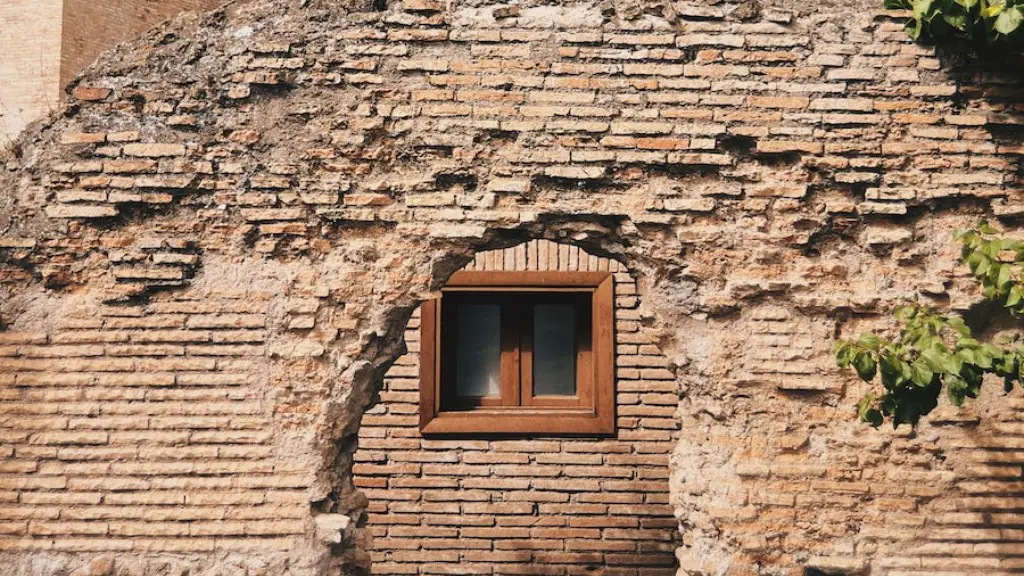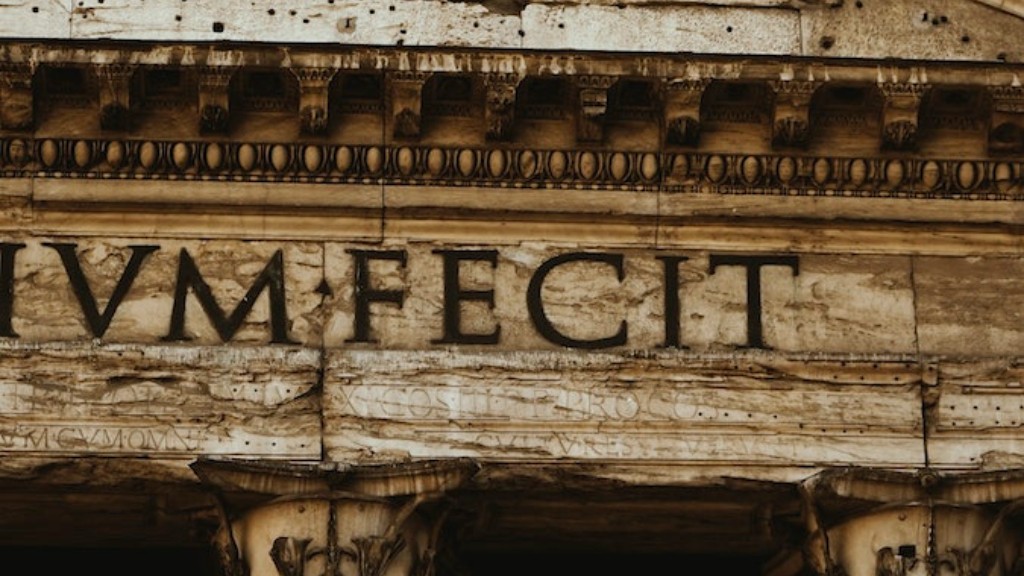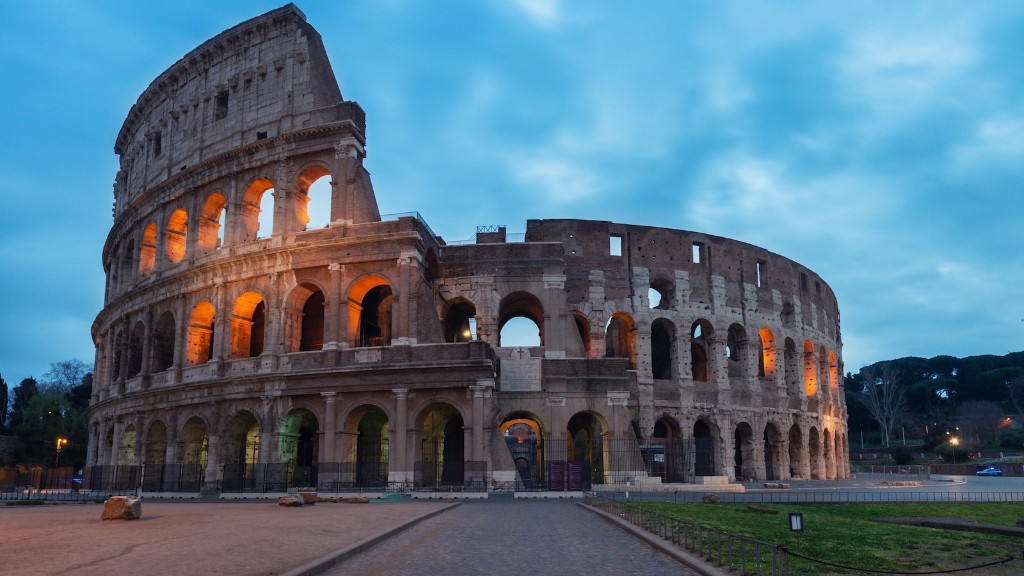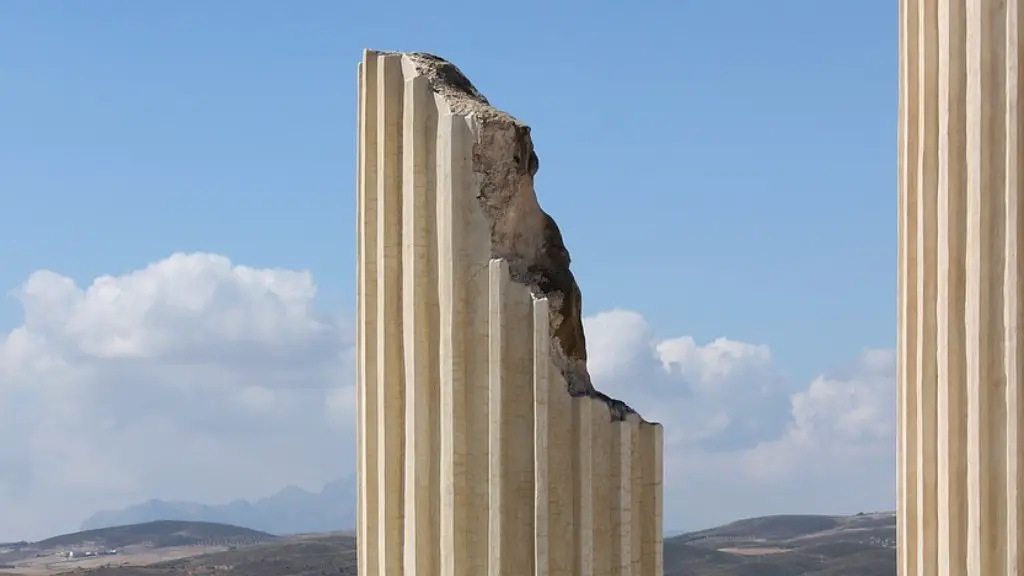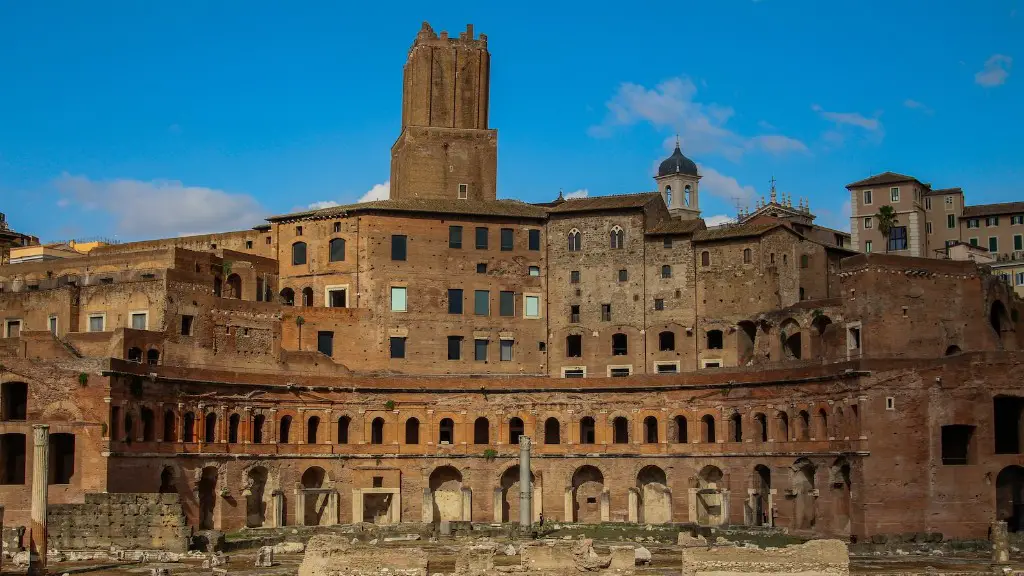The Colosseum was certainly one of the most iconic landmarks of Ancient Rome and the home of the most spectacular entertainment the world has ever seen. This majestic amphitheater was constructed around 70 A.D by the emperor Vespasian, using funds accrued from spoils of the Jewish War with Titus, his son. It was designed to be an arena open to the public, a place where they could come together, participate in a variety of activities, and watch the shows that lined up in the center.
Roman entertainment flourished during the days of the Republic and late into the Roman Empire when gladiatorial contests, public executions, animal hunts, and theatrical performances were all held at the Colosseum. Gladiators fought with wild animals and other gladiators, giving the audience a dramatic climax to see. Depending on the type of show being performed, the seating could change, from arranged to free-standing, from benches to tiered stands.
Historians have estimated that around eighty thousand people were able to take a seat at the Colosseum, with tickets often given away for free to those poorer members of society in order to show a message of inclusiveness. Dedicated public entrances and imperial entrances were used to distinguish between the elite visitors and the public visitors, who would be able to use a wide range of hospitality services, such as restaurants and toilets.
The colosseum was used as an entertainment complex where a variety of activities took place, such as theatre performances, animal shows, gladiatorial combats, mock sea battles and executions. Little is known about how the gladiatorial contests were viewed and the shows were organised; however, it is assumed that the nature of the games was similar to those witnessed at the end of the Republic.
It is believed that the games were planned in two major sessions throughout the day: the first one taking place at dawn and the second one at twilight. This was done to ensure maximum audience involvement in order to make use of the natural light conditions. There were usually for four main types of contests that took place in the Colosseum: Gladiatorial battles, animal hunts, naval battles and executions.
Executions were often quite public, with victims lined up next to wild animals in pits. Although they were meant to be carried out in a swift manner, they were often drawn out and a show in itself. Naval battles, on the other hand, were a lot more ambitious: a part of the Colosseum was flooded and ships were pitted against each other in a thrilling display of might and power.
In between the entertainment, intervals were announced exclusively by a drum, haustrum, which was a forerunner to the modern tambourine. Intervals were necessary for changing the arena for the next show or “acts” and giving spectators a chance to rest and take food and drinks. Even the primitive fireworks that were used were a form of entertainment for the audiences.
Technologies
The use of technology also played a big part in the entertainment of the Colosseum as well. From the organization and management of the events to the devices used by the gladiators, the Romans used a variety of technologies. This included the use of hydraulic machinery which was used for pushing and leveling the earth, for the construction of the Colosseum itself. The mechanisms used for the spectacular gladiator battles were dependent on a series of ropes and pulleys, which were connected to the cages where the gladiators were confined. This was also the same system used for manipulating the staging of the games and the props that were used in each show.
These mechanisms were often complex and were built and managed by artisans and experts. They need to be extraordinarily precise and reliable in order to ensure that the shows went off without a hitch. Furthermore, the aesthetics of the show were also important, as the Colosseum had several statues and artworks depicting different figures and tales, demonstrating the skill of the people who constructed the Colosseum.
The Romans also developed a series of elaborate gates and techniques that allowed them to quickly and safely evacuate the Colosseum during a show if something went wrong. Primarily, this was done through the famous vomitorium – a system of underground tunnels that allowed large numbers of people to be quickly launched out of the arena while keeping the aesthetic beauty it should possess. On top of this, lighting systems were added and special effects were used to create an even more immersive atmosphere for the arena goers. This included using petrified animals, whilst in some cases human remains were also placed around the arena to provide a more theatrical effect for those watching.
The End of the Colosseum Entertainment
With the decline of the Roman Empire, the fate of the Colosseum Entertainment was sealed. As the games became less popular, they eventually disappeared from the city’s life. Without proper management and regulations, the number of participants started to decrease and the events began to be considered as “monstrosities”. This led to the games being forbidden by a law in 404 AD and eventually their discontinuation. Additionally, the rise of Christianity during the Middle Ages added to the decline of these arenas. This was due to the ethical and religious beliefs that considered the games to be inhumane and immoral.
The Colosseum continued to operate for religious ceremonies and civil functions until the middle of the 6th century, when its walls were stripped down to utilize its material to build other structures. Other than the two main factors mentioned in this article, the emergence of new entertainment venues, such as theaters and amphitheaters in other Roman cities, could have played a part in the decline of the Colosseum as well
The Legacy of the Colosseum
Despite its decline, the Colosseum left an indelible mark on history, and its legacy is still seen today. It stands as an example of the creative power of the Roman Empire and an illustration of the grandeur of its legacy. It was the largest amphitheater in the world, a testament to the ambition and grandiosity of the people who designed it. Its rigorous architecture, immense scale, and use of technology show the Romans’ skill and craftsmanship. Its design also foreshadowed the use of advanced theatrical elements, like animal shows and staged battles, that are now showcased in modern stadiums and entertainment venues.
The Colosseum was one of the most iconic and impressive pieces of architecture of its time and a testament to the ingenuity and might of the Roman Empire. Its legacy lives on, both through the structure itself and the invention of modern entertainment that draws inspiration from its spectacular shows.
Modern Resurgence of the Colosseum
Today, the Colosseum is a major tourist attraction. Thousands of people come each day to admire the grandeur of the Colosseum, while numerous programs and exhibits have been created to recreate the splendor of the arena and its shows. Additionally, there are now modern venues and events that emulate the format of the Colosseum entertainment, such as the Super Bowl, the Olympics, and various music festivals.
Nowadays, due to the advancement of technology, it is much easier to convey the fascination of the Colosseum for an international audience as 3D recreations and life-sized recreations of the scenarios of the area can be seen all around the internet. 3D modelling has also made it possible for students, educators and students to take a closer look at how complex technologies were used in the construction and running of the Colosseum.
Furthermore, museums and exhibitions dedicated to the Colosseum have also been made accessible for everyone. These depict the thrill of the entertainment in the Colosseum and aim to provide deeper insight into life at the Colosseum, as well as discuss the various types of shows that took place in the arena.
The Impact of the Colosseum
The Colosseum helped shape the entertainment culture of Ancient Rome and it continues to influence culture today. Its events inspired numerous literary works, plays, films and television shows, while its technology and design have been studied and applied in modern venues. It is a unique relic of human history and its legacy continues to live on.
In conclusion, the entertainment in the Colosseum was both thrilling and inventive, providing spectacle and showcasing the engineering skills of the Roman Empire. Its legacy continues to be remembered, celebrating one of the greatest pieces of architecture and entertainment history.
